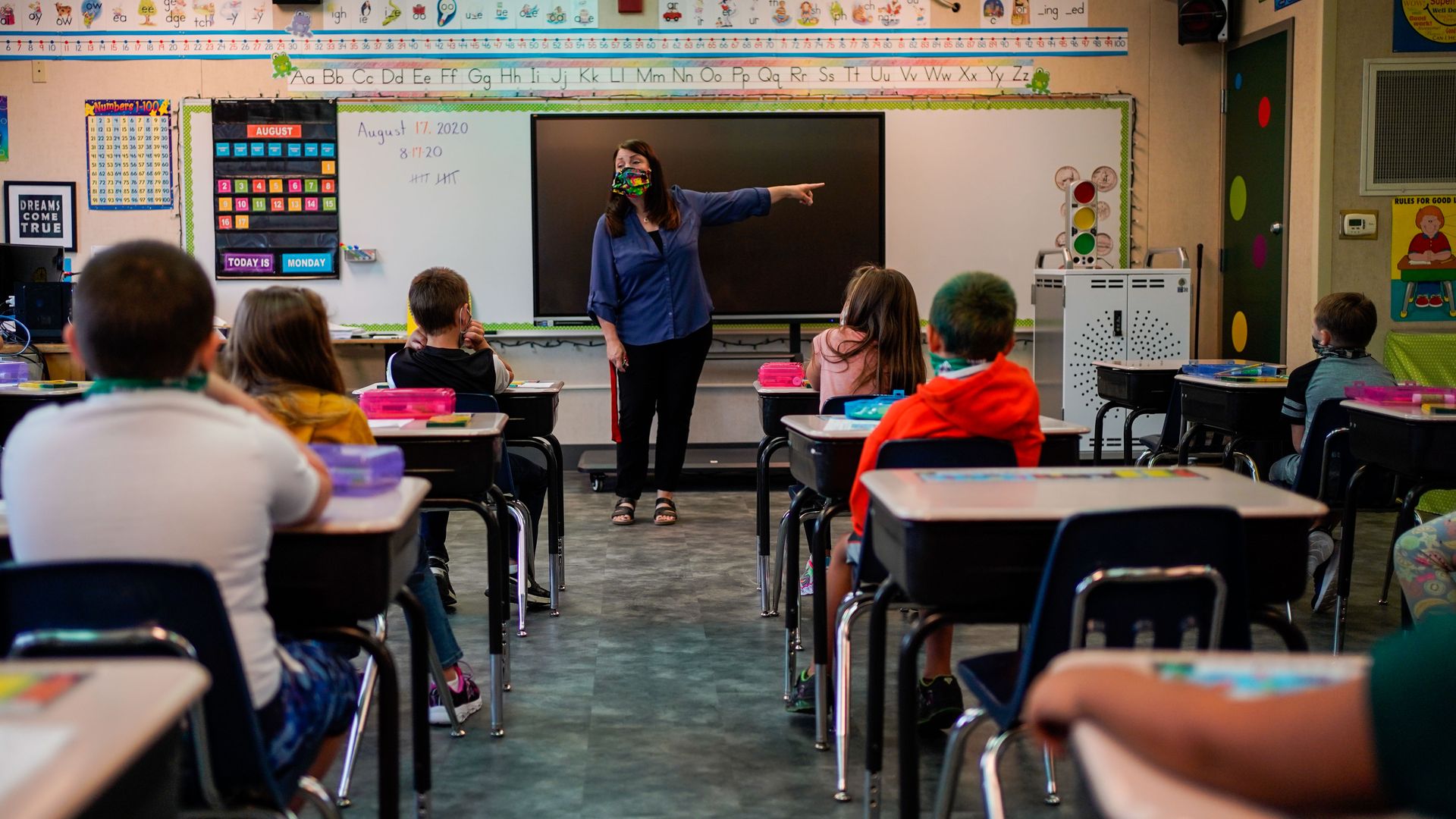Help Your Child
Parents should not leave the job of meeting these standards solely to schools. While schools play a significant role in a child’s education, parents are also a crucial part of their child’s learning and development. Here are a few reasons why parents should not rely solely on schools to meet these standards:
- Parental Involvement Enhances Learning: Research has consistently shown that parental involvement in their child’s education is linked to better academic outcomes for students. When parents are involved in their child’s learning and development, it can reinforce the skills and knowledge that their child is learning in school and help them make connections between school and home.
- Reinforcement of Learning: Children need ongoing practice and reinforcement of skills and knowledge in order to master them. By providing opportunities for their child to practice reading skills and encouraging a love of reading, parents can reinforce what their child is learning in school and help them develop a strong foundation for future learning.
- Holistic Development: Schools often focus on academic skills, but parents can support their child’s holistic development by fostering social-emotional skills, creativity, and other areas of development. This can include reading books with diverse characters and themes, encouraging imaginative play, and engaging in conversations with their child about their feelings and experiences.
- Collaborating with Schools: Parental involvement can also lead to better collaboration between parents and schools. By staying informed about their child’s progress and communicating regularly with teachers, parents can work together with schools to support their child’s learning and development.

